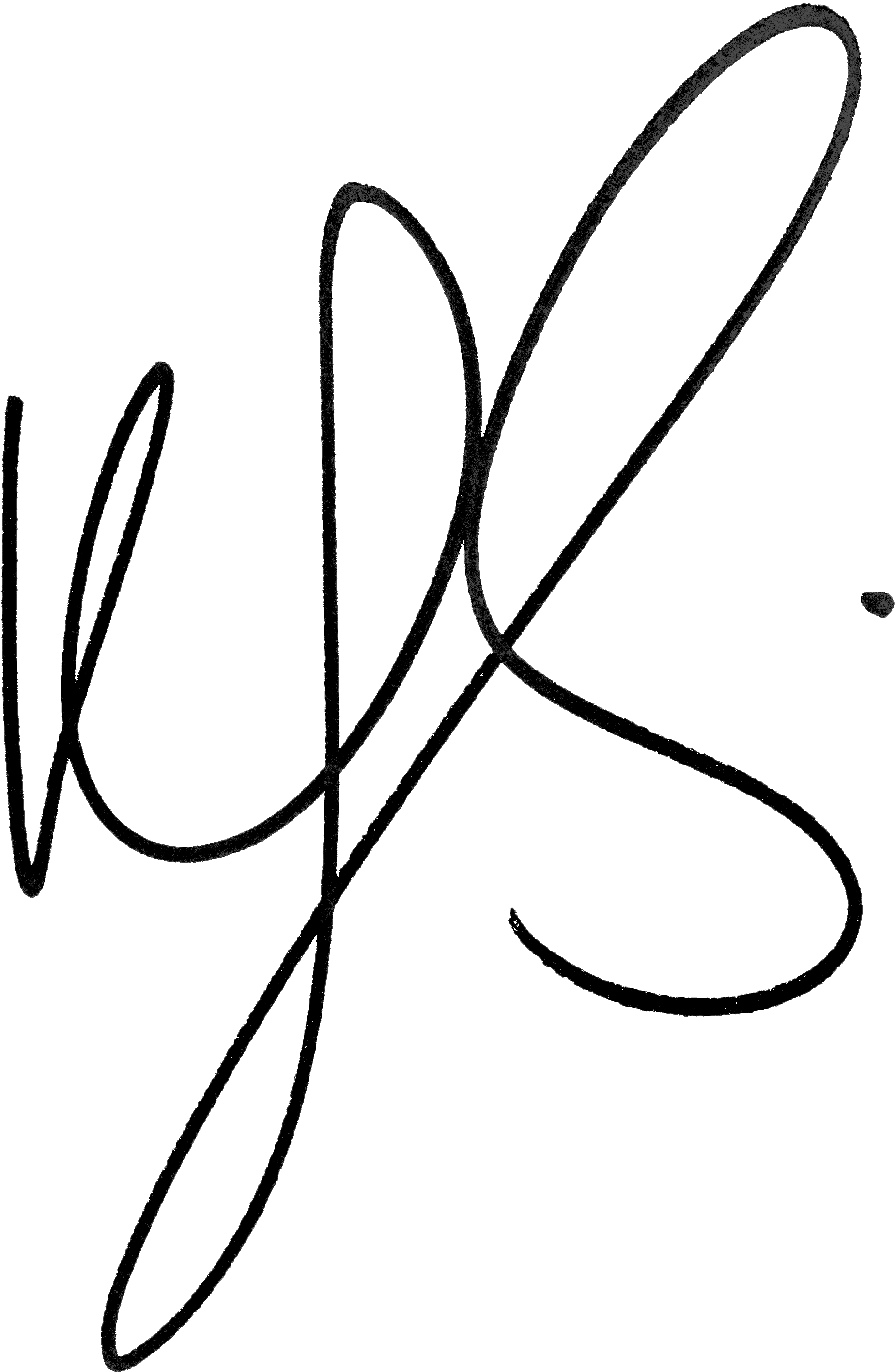She dresses
They hang so thick from the back of Evan's door that it thumps back at you when you push into the room, recoiling from a ruffled crush against the bookshelf. They're in mothbally heaps in my mom's sewing room, needing a ribbon or a tuck; bagged for a someday steam-cleaning; rolled up at the bottom of the tickle trunk; stashed in baskets waiting for some sort of tailor and reason. Prom dresses, underthings, crinolines. Tea parties and dance halls and lemon yellow picnic gingham for good girls, mostly, every single one of them made by hand, with little scissor snips where seams were matched, and new lines of thread taking in and letting out for one bust and then another, maybe. They keep finding me in antique barns and Frenchy's bins. I am their Josephine Baker, and they're my rainbow tribe of orphans.
1940s black. Satin, high-waist, tiny belt and folded collar. Feels to me made for a funeral, except it's got a bit of a scandalous sheen. You can only see it, in stripes, if you're staring at the wearer's figure in a particular light. Otherwise the overall effect is a shadow. 1960s gold brocade. A body brace that forces femininity. 1950s red painted tulle, layers and layers and layers of it. This is what I thought being a woman would be, when I was little. I either thought it, or wished it. 1969 daisies. You've still got to suck it in and stand up stock straight. Free love without structure is anarchy, and not everyone's down with anarchy.
Are these women still alive?
Somewhere in the world, there's a bundle of musty photographs. One of these is inside that bundle, proven, worn on the day it was meant to be worn by the woman who first said I will need a dress.
I keep staring at the black. Why it swallows up the light in such a damned pious way. It cuts a sharper shape, making the rest of the world around it pop. It swallows up light but reflects it at the same time, but only if you're willing to look.

